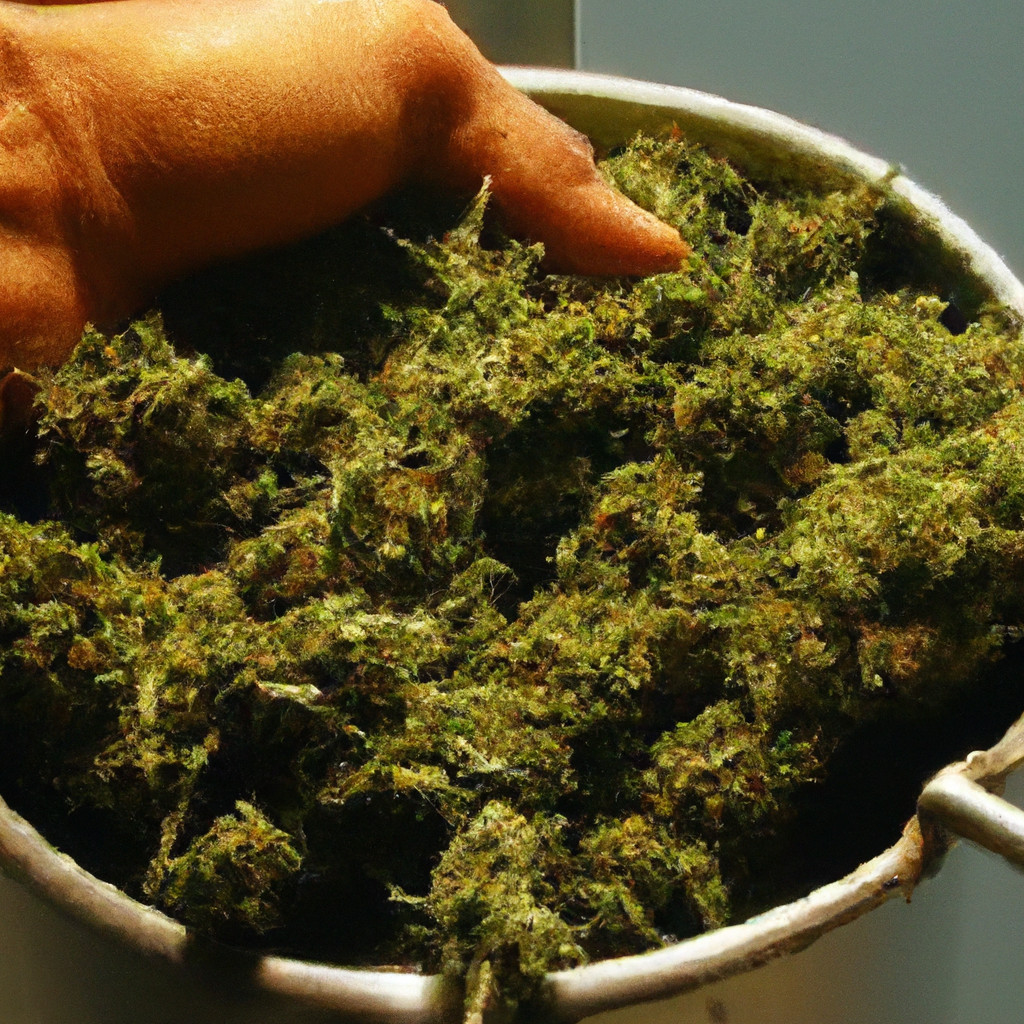Your cart is currently empty!
The importance of flushing your cannabis plants often goes unnoticed by many cultivators. As a technique that involves rinsing your plants with water, flushing can significantly impact the final product’s taste, aroma, and overall quality. Whether you’re a novice grower or a seasoned cultivator, understanding and mastering the art of flushing can take your cannabis growth to new heights.
Understanding Flushing: Why It’s Essential
Flushing is the process of removing excess nutrients and build-up from your cannabis plants’ soil and roots. This step is crucial for several reasons:
- Improves Flavor and Aroma: Nutrients that remain in the plant at harvest can affect the taste and smell of the buds. Flushing helps enhance these qualities by clearing out unwanted residues.
- Prevents Nutrient Lockout: When salts and nutrients accumulate, they can hinder the plant’s ability to absorb water and nutrients, leading to deficiencies.
- Ensures a Healthier Crop: A clean substrate reduces the risk of diseases and pests that thrive in nutrient-rich environments.
When to Flush Your Cannabis Plants
Timing is critical when it comes to flushing. Here’s a general guideline on when to flush your plants:
- Pre-Harvest Flush: This is the most common flush, done 1-2 weeks before harvest to remove any chemical residues. For soil grows, it’s recommended to start flushing 1-2 weeks prior to harvest. In hydroponic systems, 5-7 days should suffice.
- Buildup Flush: If you notice nutrient buildup and your plants are showing signs of nutrient burn (brown or yellow leaf tips), it’s time for a flush.
- Post-Transplant Flush: When transplanting, a flush can help reduce shock to the plant and ensure a smooth transition.
How to Effectively Flush Your Cannabis Plants
To achieve an effective flush, follow these steps:
- Use Clean, pH-Balanced Water: Ensure that the water used for flushing is free from chlorine and has a pH level of 6.0-6.8 for soil or 5.5-6.5 for hydroponics.
- Calculate Correct Water Volume: Use 2-3 times the volume of the pot in water. For example, a 5-gallon pot requires 10-15 gallons of water.
- Flush Gradually: Apply water slowly to allow it to fully saturate the soil and drain away excess nutrients.
- Monitor Runoff: Test the runoff’s pH and EC (electrical conductivity) levels to ensure they match the water you’re using for flushing, indicating that excess nutrients have been removed.
Common Flushing Challenges and Solutions
While flushing is straightforward, certain challenges can arise:
- Choosing Water: Tap water may contain minerals that can counteract the flush. Use reverse osmosis or dechlorinated water to prevent this.
- Overwatering: Flush sparingly to avoid root rot. Ensure good drainage and allow time for the substrate to dry slightly between flushes.
- Timing Flushing: Harvest timing directly impacts the need for flushing. If harvested too early, your efforts might be for naught.
Conclusion
Flushing is an essential practice for ensuring high-quality cannabis. By timing your flushes correctly and using the right techniques, you can optimize the flavors, aromas, and overall health of your harvest. Embrace this practice as a part of your growing process and witness the difference in your cannabis cultivation outcomes.
Discover more from Magic Clones
Subscribe to get the latest posts sent to your email.


Leave a Reply